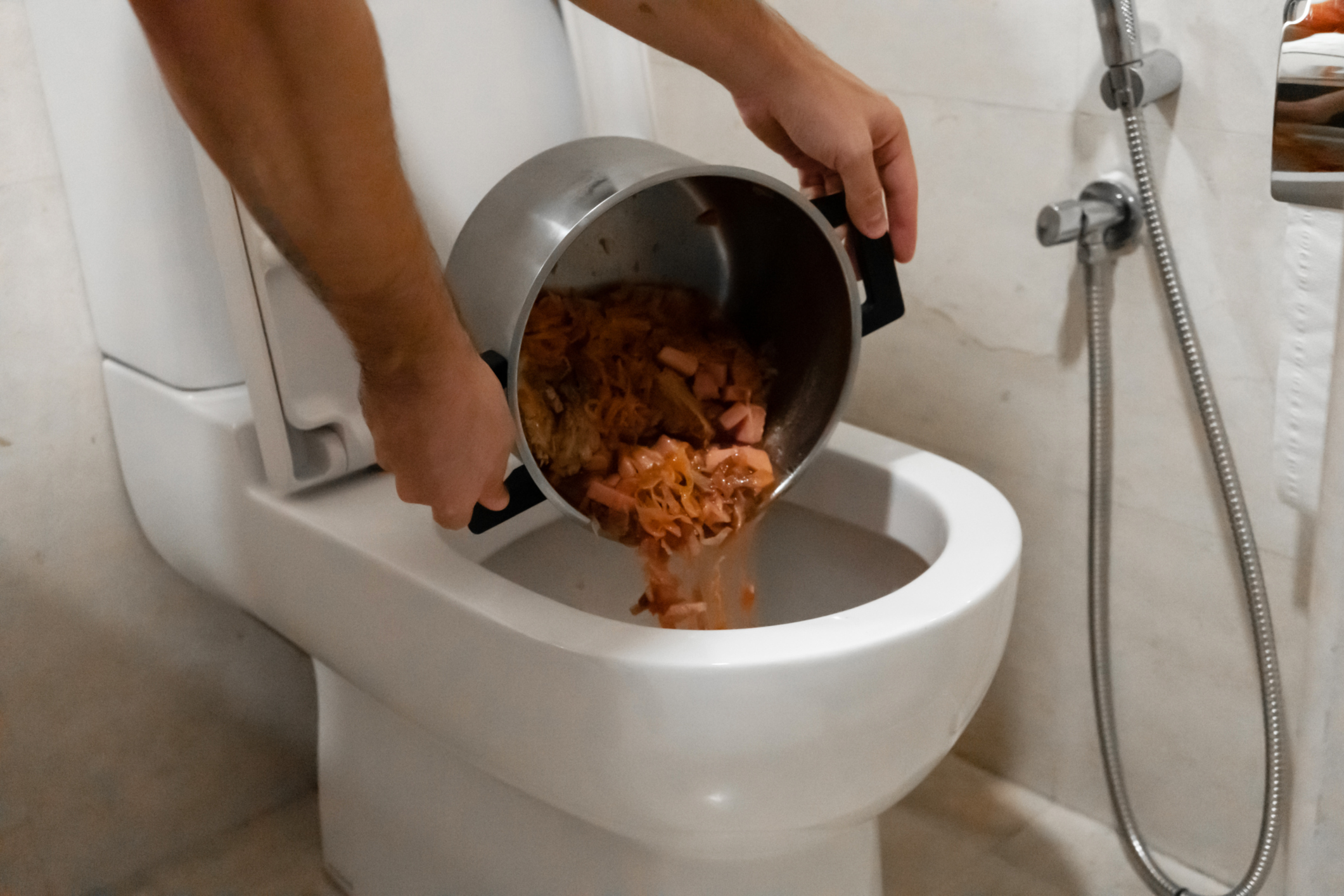Everyone is bound to have their own opinion involving What Can Happen If You Flush Food Down the Toilet?.

Intro
Many individuals are often faced with the problem of what to do with food waste, particularly when it comes to leftovers or scraps. One typical concern that develops is whether it's alright to purge food down the bathroom. In this write-up, we'll look into the reasons that individuals may think about purging food, the consequences of doing so, and alternate techniques for proper disposal.
Reasons that people could take into consideration flushing food
Absence of recognition
Some people might not recognize the possible harm brought on by purging food down the bathroom. They may erroneously think that it's a safe practice.
Ease
Purging food down the commode may seem like a quick and easy option to getting rid of undesirable scraps, specifically when there's no nearby trash bin available.
Negligence
In many cases, individuals may merely choose to flush food out of large negligence, without thinking about the repercussions of their actions.
Effects of flushing food down the bathroom
Ecological impact
Food waste that winds up in waterways can add to contamination and harm water communities. Additionally, the water made use of to purge food can stress water resources.
Pipes problems
Purging food can bring about stopped up pipelines and drains, triggering pricey pipes fixings and aggravations.
Sorts of food that need to not be purged
Fibrous foods
Foods with coarse structures such as celery or corn husks can obtain tangled in pipelines and trigger clogs.
Starchy foods
Starchy foods like pasta and rice can soak up water and swell, leading to clogs in pipelines.
Oils and fats
Greasy foods like bacon or food preparation oils ought to never ever be flushed down the toilet as they can solidify and create clogs.
Appropriate disposal methods for food waste
Using a garbage disposal
For homes equipped with garbage disposals, food scraps can be ground up and purged via the pipes system. Nevertheless, not all foods are suitable for disposal in this way.
Recycling
Certain food product packaging materials can be recycled, minimizing waste and reducing environmental impact.
Composting
Composting is an environment-friendly way to take care of food waste. Organic materials can be composted and made use of to enhance dirt for gardening.
The relevance of appropriate waste administration
Lowering ecological damage
Appropriate waste management techniques, such as composting and recycling, help lessen contamination and protect natural deposits for future generations.
Protecting plumbing systems
By preventing the practice of flushing food down the commode, property owners can prevent expensive pipes fixings and keep the stability of their plumbing systems.
Conclusion
Finally, while it may be alluring to flush food down the toilet for comfort, it is very important to comprehend the possible repercussions of this activity. By embracing correct waste monitoring techniques and disposing of food waste responsibly, people can add to much healthier plumbing systems and a cleaner atmosphere for all.
FLUSH FOOD DOWN THE TOILET?
FLUSHING FOOD CAN CAUSE BLOCKED DRAINS IN YOUR HOME
All of the plumbing fixtures in your home are connected to the same sewer pipe outside of your home. This outdoor sewer pipe is responsible for transporting all the wastewater from your home to the Council sewer mains. Even small pieces of food that go down the kitchen sink can cause problems for your sewer. It should therefore be obvious that flushing larger bits of food, such as meat, risks a clog in either the toilet itself or the sewer pipes. Flushing greasy food is even more problematic because oil coagulates when it cools, coating the interior lining of your pipes.
THE TOILET IS NOT A BIN
Food isn’t the only thing that people shouldn’t be flushing down the toilet. People use the toilet to dispose of all kinds of things such as tampons, makeup wipes, dental floss, kitty litter and even underwear. Water goes to great lengths to educate residents about the high costs and stress placed on wastewater treatment systems simply from people flushing the wrong stuff down the toilet. It costs taxpayers millions of dollars each year, and homeowners thousands in blocked drain repairs.
FLUSHING FOOD IS A WASTE OF WATER
Flushing food is a waste of our most precious resource - water. In June this year Level 1 water restrictions were introduced to protect water supply from drought conditions. Much of New South Wales continues to be affected by prolonged drought with recent figures revealing up to 97 per cent of the state remains in drought. Depending on whether you have a single or dual flush toilet, every single flush uses between five and 11 litres of water. In the current climate this is a huge amount of water to be wasting on flushing food that should be placed in the bin (or better yet, the compost).
https://www.jabplumbingsolutions.com.au/blog/can-you-flush-food-down-the-toilet

Do you appreciate reading up on Think Twice Before Flushing Food Down Your Toilet? Place a review down the page. We would be happy to see your reactions about this blog post. In hopes that you come back again later on. Enjoyed our write-up? Please share it. Help another person find it. I thank you for reading our article about .
Learn More